Chain Sinnet (Monkey Braid) Tying
Make a noose in the rope. Form a loop and tuck it into the noose. Make another loop and tuck it into the previous loop. Keep repeating. When the chain is long enough, lock it by passing the end through the final loop.

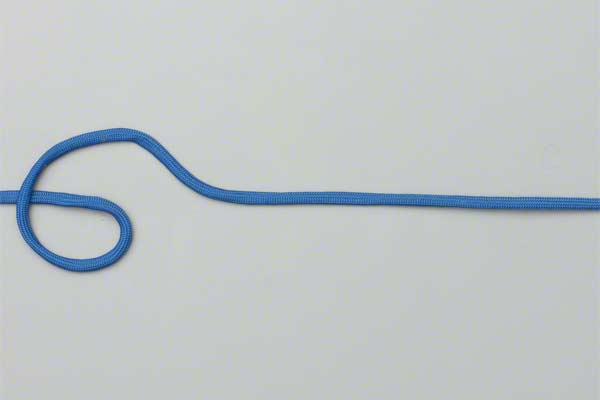



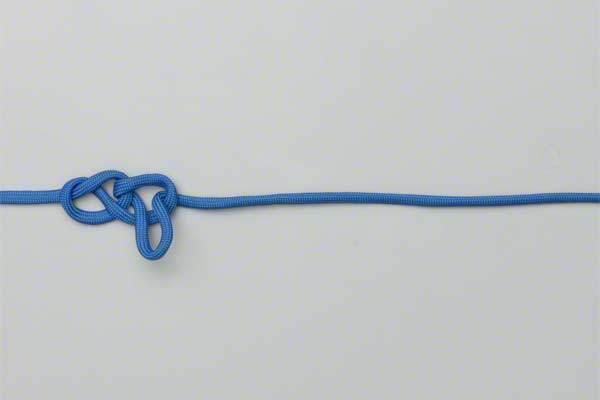

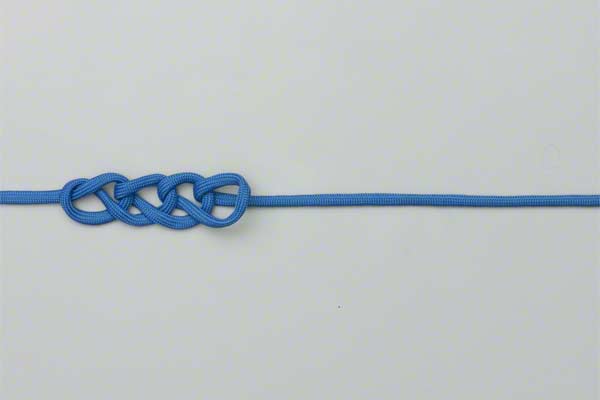


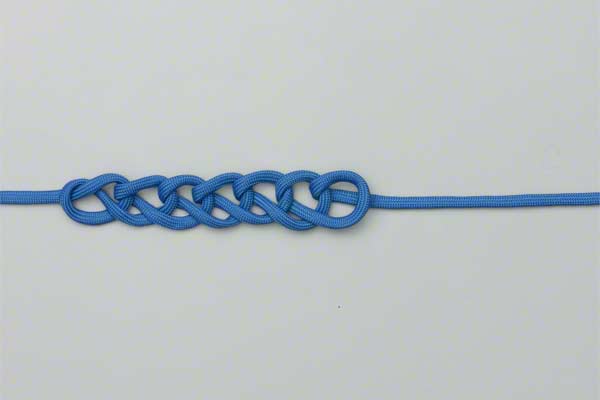
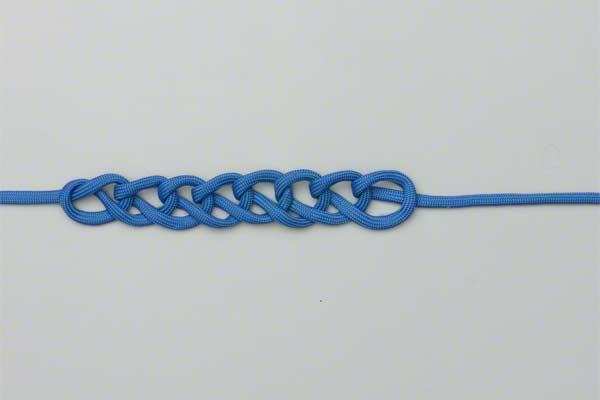
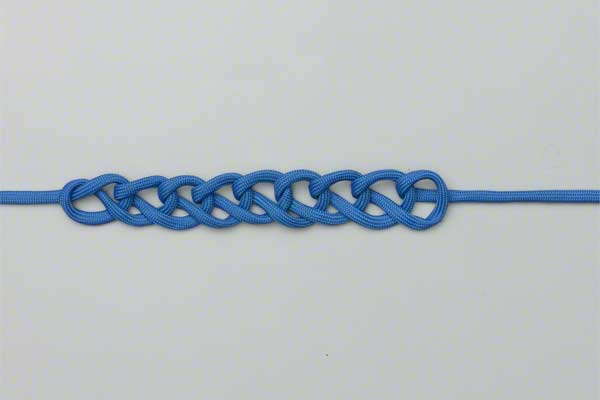


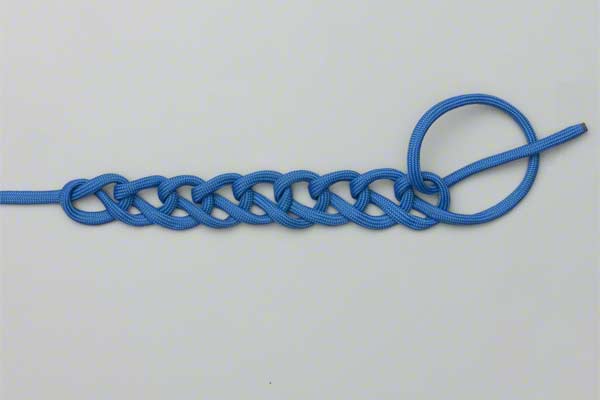

Chain Sinnet (Monkey Braid) Details
Uses: The Chain Sinnet (Chain Stitch) (ABOK # 2868, p 472) is tied by many of us as children. It turns a piece of string into a pleasing chain. And, when pulled, all of the knots vanish as if by magic. It is found on dress uniforms; it can be used to shorten, and add bulk to, the end of a light pull; and it is also used by climbers as a means of preventing a rope getting tangled, e.g., when being washed or stored.
Other Names: It is known by many names including: Daisy Chain, Monkey Chain, Monkey Braid, Single Trumpet Braid, Single Bugle Braid, Chain Stitch, Crochet Stitch, and Chain Braid.
Structure: Tie a Slip Knot in the rope; tuck a bight into the loop; and repeat. Complete the chain by feeding the end through the final bight. The chain is released by withdrawing the end. It has to be the end you used to complete the chain. Withdrawing the other end merely shortens the chain by one link.
Alternatives. The animation shows a chain that has been pulled tight at each link. When used for storing rope, it is much quicker to make much larger loops.
Disadvantages: Although it may be useful when washing a rope in a washing machine, it would be a tedious method to use to "coil" a long rope. The conventional Coiling Technique is to be preferred.
Advantages: The Chain Sinnet requires minimal skill or dexterity!


